Juba
After an all-night rainstorm in Juba I woke to see the mosquito that bit me in the dark. Now, several days later, a fever returns to me like an old friend met on the road in Africa. Malaria. I can detect the signs without even having a blood test — the suicidal depression, the shivers, the backache, the halo of fire in the brain. I know how to treat myself with the right drugs and it doesn’t scare me at all. In a couple of days I’ll be right as rain.
What scares me more is if it’s not malaria. In South Sudan I once had a fever that came with a port wine skin rash that covered my body for weeks. It foxed doctors from Nairobi to London. I had a disease unidentified by science! I was unable to walk but the temperature was low enough for me to be able to read. In one delicious stretch I lay in my bed and worked my way through all of Tolstoy. It was among the happiest times of my entire life. Conveniently, just as I finished reading, the low-grade fever evaporated, the rash blistered, I shed my skin like a python — and I felt reborn.
Recently, while driving west into the forests of Western Equatoria, we passed Maridi, Nzara and Tambura. This is country that is beautiful but truly scary for me, not because of the Lord’s Resistance Army, nor the Arrow Boys. There are ailments in this jungle that cause you to suddenly lose all muscle control, slide into paralysis and die in a day. This is the home of nodding disease — which causes children to fall asleep at the sight of food — or river epilepsy, of loa loa, of green monkey disease and the great ebola itself.
There was a day I convinced myself I had contracted ebola — and that was scary. It was in the Congo, in Kikwit, during one of the largest epidemics in the history of the disease. The ‘index case’, or original infection, was a man who worked as a charcoal burner in the forest. I visited the pit where he worked in the submarine gloom of the disappearing jungle. I spoke to the man’s family and neighbours, some of whom had become infected when they kissed and hugged his body at the funeral.
I also accompanied a South African scientist who went about in the woods bottling spiders and other insects, catching fruit bats from which he drained blood with vacuum syringes. His quest was to discover the ‘reservoir’ or source of infection. To this day the cause of ebola, a filovirus that brings on a catastrophic haemorrhagic fever in which the victim melts into a pool of blood, is a mystery.
In Kikwit there were lots of scientists. They arrived in military aircraft from the USA and set up a laboratory in the middle of the town’s hospital compound. They caught monkeys and strapped them into chairs with face masks attached to tubes along which they blew samples from dead patients. Their aim, they said, was to detect whether the ebola virus could go airborne. Obviously this scared the hell out of everybody. In the doomsday airborne scenario, an infected man could get on a plane in Kinshasa bound for New York City, and walk down Broadway sneezing the virus on the entire population.
Finally, I was able to gain access to an ebola ward myself. It was pretty scary. Around 250 people died in the Kikwit epidemic. The foreign scientists didn’t want me there but I managed to persuade a Congolese doctor to let me have a look. I was given a white suit, gloves, gumboots, a face mask and a pair of goggles — because apparently ebola might be transmitted if infected blood splashed on to the eyeballs.
Before entering the ward I had to follow the doctor through a footbath of disinfectant — as one does when entering a foot-and-mouth-free dairy farm in Africa. Inside the ward most of the beds were now empty because almost everybody had died and been put through the incinerator. There was a man in the corner lying on a bed and in a dreadful state. I have no idea why, but on the opposite bed sat a woman who looked unhappy but not very ill.
I asked, ‘What’s wrong with her?’ ‘Oh, she has an abscess,’ said the doctor. ‘Does she have ebola?’ ‘Er, no,’ replied the doctor. ‘So why is she here?’ He shrugged. It was later alleged that the foreign scientists had asked for her to be placed here. I noticed all the windows in the ward were tightly shut. It was hot and steamy and I thought about those monkeys hooked up to the face masks with the virus being blown in their faces.
All this time, hospital orderlies were wandering around the ward spraying disinfectant in the air, at each other, and over me. I felt like a spaceman in the suit and it was extremely hot. Finally, it was time to leave and we moved towards the exit, being sprayed all the way. We walked through the footbath and then into the sunshine. In my relief I pulled the face mask off and dropped it on the ground. ‘Not yet!’ exclaimed the doctor. In my panic I picked the mask up and put it back on my face — and then realised my terrible mistake. The mask might have the virus all over it!
For days, weeks, I looked at myself in the mirror, trying to see if I was beginning to show the signs of fever. It was a nightmare, and the fear wore off only after some weeks.
Got something to add? Join the discussion and comment below.
Get 10 issues for just $10
Subscribe to The Spectator Australia today for the next 10 magazine issues, plus full online access, for just $10.


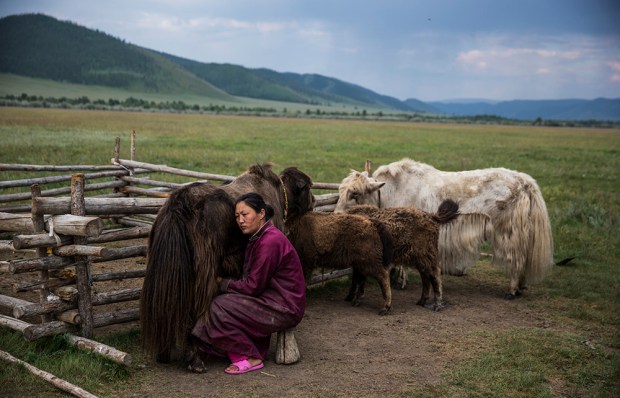
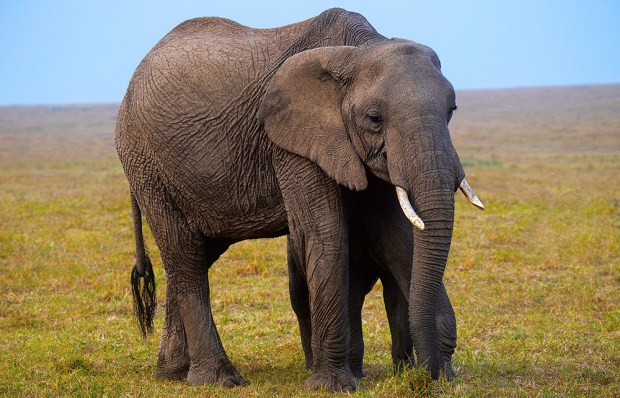
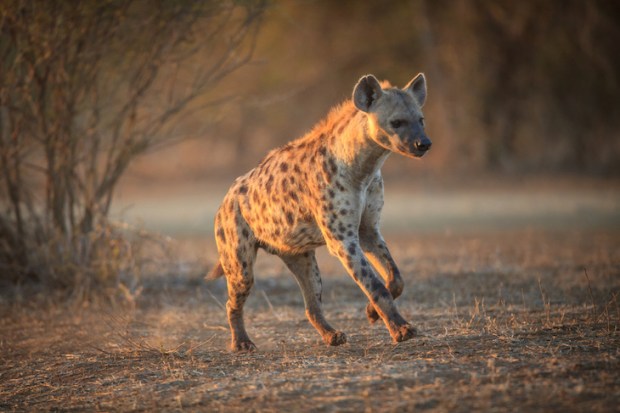
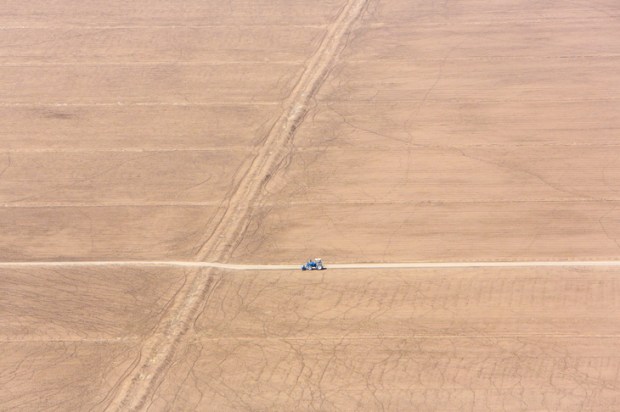

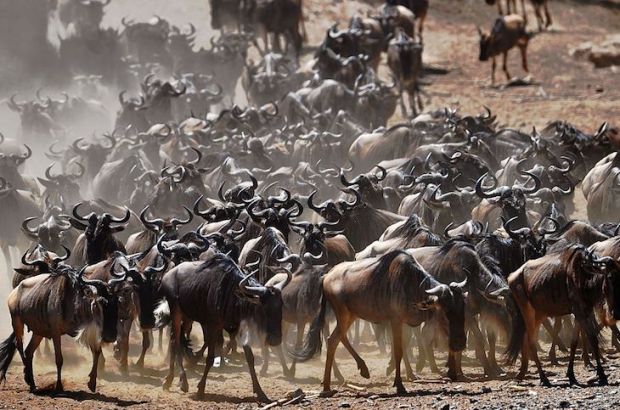






Comments
Don't miss out
Join the conversation with other Spectator Australia readers. Subscribe to leave a comment.
SUBSCRIBEAlready a subscriber? Log in